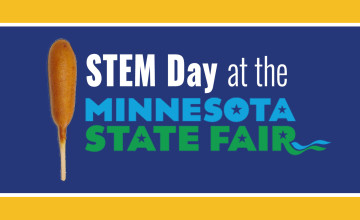Zoom link: https://umn.zoom.us/j/96342784275
Embodied carbon constitutes a significant portion of a building’s greenhouse gas (GHG) emissions and is a key challenge for the architecture, construction, and real estate sectors. Embodied carbon includes construction product manufacturing, building construction, material replacement, and end of life considerations. During the specification and procurement stage, designers and contractors can prioritize products with lower carbon footprints. This presentation will explore innovative materials, processes, and technologies to reduce embodied carbon in design.
Billie Faircloth, AIA, LEED AP, BD+C, Partner, KieranTimberlake
Billie leads a transdisciplinary group of professionals leveraging research, design, and problem-solving processes from fields as diverse as environmental management, chemical physics, materials science, and architecture. She fosters collaboration between disciplines, trades, academies, and industries in order to define a relevant problem-solving boundary for the built environment. Billie oversees the queries and investigations that begin and inform each project at KieranTimberlake. She leads the development of technology that informs high-performance design, including Pointelist™, a wireless sensor network, Tally™, a life-cycle assessment application, and Roast, a post-occupancy survey tool. She is also working on Ideal Choice Homes, an affordable, quick-to-build housing solution for India’s emerging middle class.
Kate Simonen, AIA, SE, Professor, Chair, Department of Architecture, University of Washington
Kate Simonen is the executive director of the Carbon Leadership Forum and Professor and Chair of the Department of Architecture at the University of Washington. Licensed as an architect and structural engineer, she connects significant professional experience in high performance building design and technical expertise in environmental life cycle assessment she works to spur collective action to bring net embodied carbon to zero through cutting-edge research, cross-sector collaboration, and the incubation of new approaches. Kate directs the research of the Carbon Leadership Forum and convenes collaborative initiatives such as the Embodied Carbon in Construction Calculator (the EC3 tool) and the Structural Engineers 2050 Challenge.
OVERVIEW
The 2021 Marvin Lecture Series is part of the Marvin Collaboration to support the integration of architectural design, environmental technology, and high-performance sustainable design practices towards the goal of net-positive architecture. This spring’s lecture series includes guest practitioners who will explore the potential opportunities and trade-offs in designing architecture to reduce ecological impacts and energy consumption while meeting the highest standards for design excellence.





